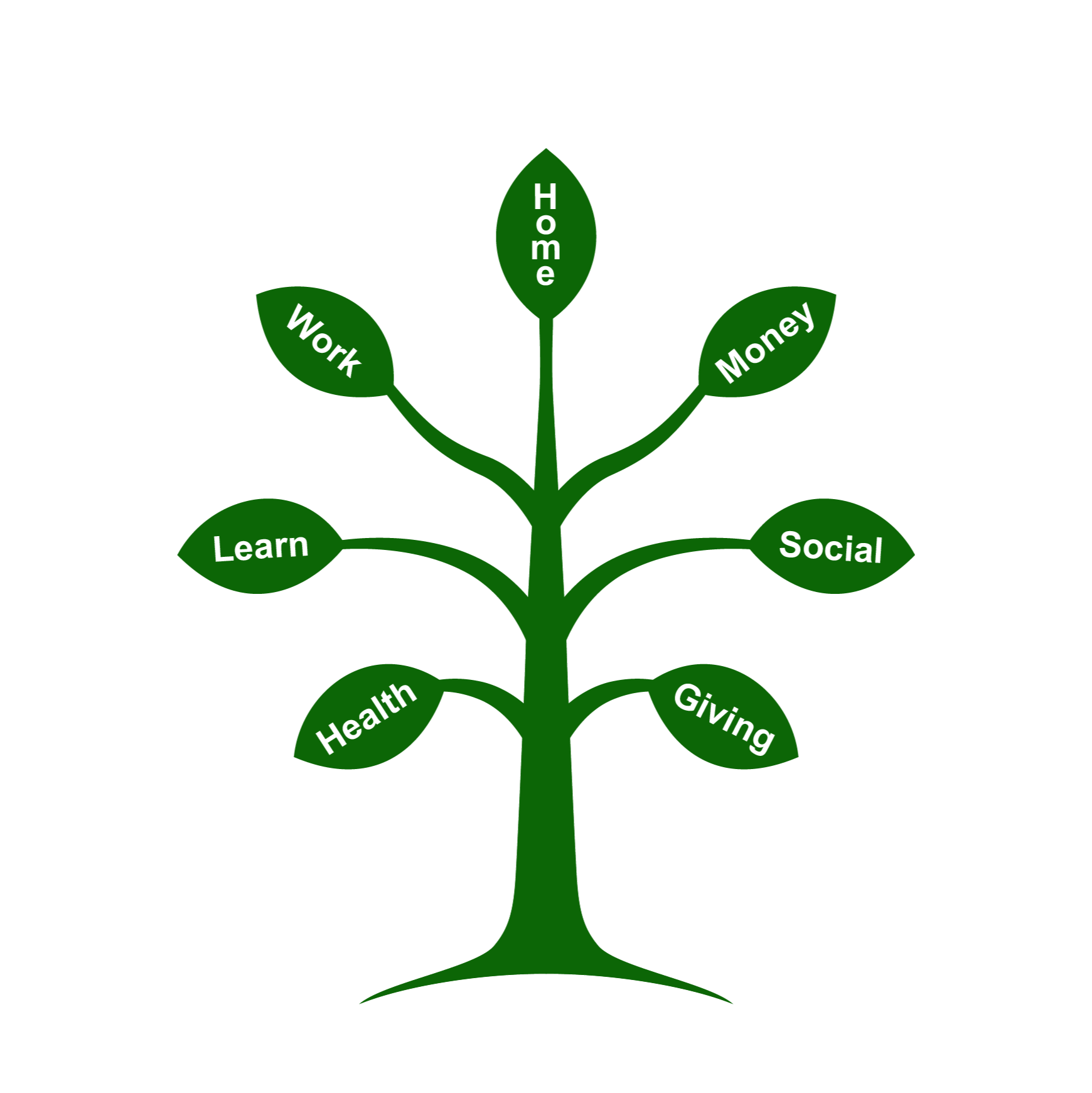Americans Are Struggling With Historic Levels of Personal Debt

In the second quarter of 2023, the total debt for American consumers ballooned to more than $17 trillion, and average household debt totaled nearly $102,000 as of the end of 2022. Much has been said about the “resilient” consumer as interest rates have risen, but that so-called resilience seems to be fueled by individuals saddling themselves with ever-increasing levels of debt.
If your credit card balances are surging, an emergency could put you in a bind. And if your rates increase, you’ll end up paying more for things you’ve already purchased. Here are five ways to help reduce debt and keep yourself out of financial hot water.
1. Perform a debt audit. The first step in tackling debt is knowing where you stand. Start by writing down all your debts, monthly payments, interest rates and total balances — even small ones. You may not think a $125 credit card balance means much in the grand scheme of your finances, but over time, small debts can become overwhelming if you don’t take stock of them.
2. Commit to a strategy. Following a debt repayment strategy can help you stay on track. Two often used strategies are the snowball and avalanche methods. For the snowball method, pay off the debt with the lowest balance first. When you pay one off, roll that payment into the next-smallest debt. This will allow you pay off more debts faster. For the avalanche method, pay off the debt with the highest interest rate first. This method will save you the most money in the long run.
3. Automate debt payments. Especially if you’re trying to tackle multiple debts, it can be easy to forget a payment and incur a late fee. And when you’re already paying interest on a loan, who wants to add a fee on top of that? Plus, late payments can hurt your credit.
Fees are easily avoidable with automatic payments. Most credit card companies and lenders have options for payment automation that can give you peace of mind and help keep your debt reduction efforts consistent.
4. Increase your payments. Ultimately, one of the best ways to reduce your debt is to increase your payment amounts. Temporarily cutting back on nonessentials can give you more breathing room to pay down your debt. But if your budget is already stretched, a side gig (or even a yard sale) could be a way to increase your cash flow.
5. Negotiate lower fees with creditors. Many people assume their bills are set in stone. But if you call your lender, you may be able to negotiate a lower interest rate to help you pay down the debt. If your current lender won’t budge, see if you can transfer the balance to a low- or no-interest credit card.
It’s All About Consistency
You know the old saying, “How do you eat an elephant — one bite at a time!” The same could be said for paying down debt. This isn’t the time to beat yourself up. It’s important to look ahead and not dwell on the past as you tackle debt. Make a plan and stick to it with the confidence that with every day, month and year, you’re getting closer and closer to debt freedom.

